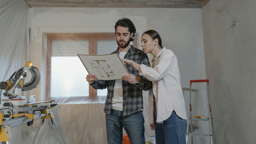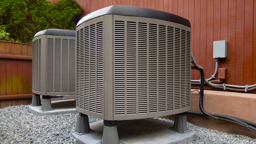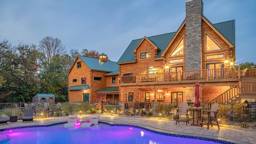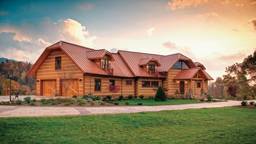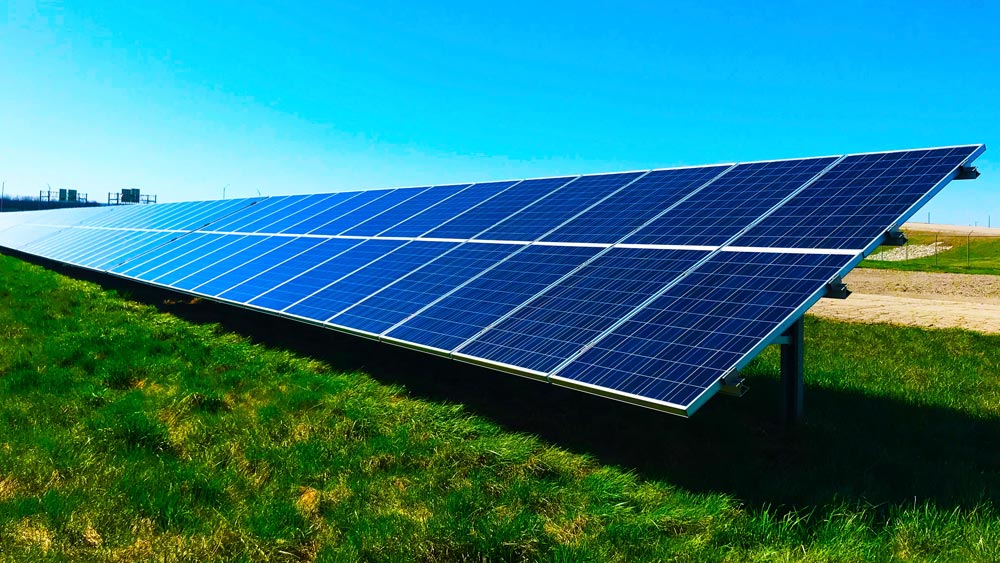
Many log home enthusiasts are environmentally conscious but are taken aback by the price of active solar and geothermal designs. There may be no additional costs, however, to design and build passive solar heating and geocooling systems that add heat from the sun in the winter and bring in coolness from the ground in the summer. (The real benefit is not just the monthly savings in energy costs, it's the warmth of a sunbath in mid-January.)
Have you ever noticed the heat that can build up in your car on a sunny day, even in winter? Or how cool shaded concrete is even on a hot summer day? These are the simple concepts behind passive solar heating and passive geocooling that save on energy costs, make your home more comfortable, and are very inexpensive to incorporate into your log home design. In our northern hemisphere, the sun is lower on the southern horizon in the winter and higher above in the summer. In Ohio, for example, a two-foot eave on the southern side of a ranch-style log home will shade the floor inside in summer and allow the sun to radiate warmth through the southern glass windows or doors to the floor in the winter. If the floor has dark tile, it will best absorb the heat in the winter. If the tile is on an insulated concrete pad, it will store even more heat in the winter. In the summer, the shaded 55-degree ground temperature will help cool the home.
Passive systems have no moving parts, are environmentally sustainable, may provide tax credits, and entail no more expense in construction — just lower utility bills with more comfort. Is it really that easy? Yes — there are certain tricks, though, that make it most effective. Let's look at the common sunroom. In Hochstetler Milling's McKay designs, it's most efficient when the room faces directly southeast and has a lot of windows. Dark floor tile absorbs more heat. Deciduous trees around the sunroom allow warming sunlight to get through when the leaves are gone in the winter. I the summer, the leaves provide shade and assist in the geocooling cycle. Roll-down shades on the outside of the east and west sides of the sunroom also can help shade the interior from the rising and setting sun.
These can then be easily adjusted based on cloud cover and outdoor temperatures to maximize the sun's radiant heat in cool temperatures and minimize it in the warmer temperatures. Depending on the building site's latitude, an extended ridge beam on the gable side can also be very helpful to the geocooling cycle. We've found that at latitudes the same as Ohio's, extending the ridge beam three feet helps maximize energy savings. The further south you go, the more a gable end ridge beam extension assists in the efficiency of the system. The further north, the less the ridge beam needs extension to maximize the system's effectiveness.
Written by Mike O'Neill.




